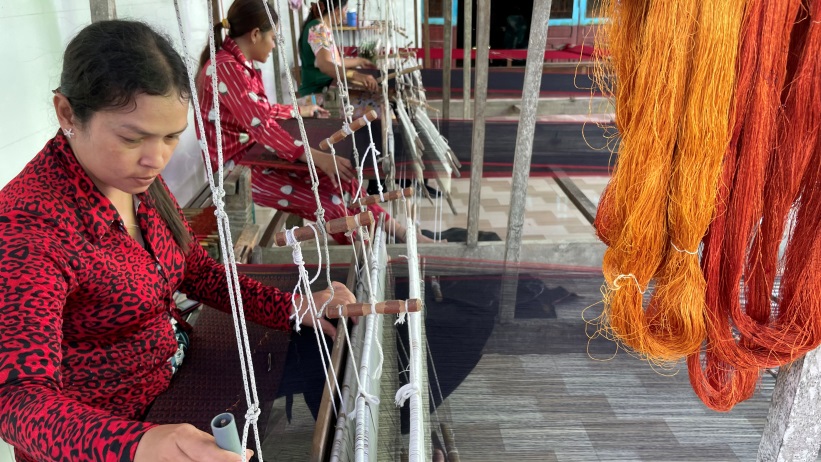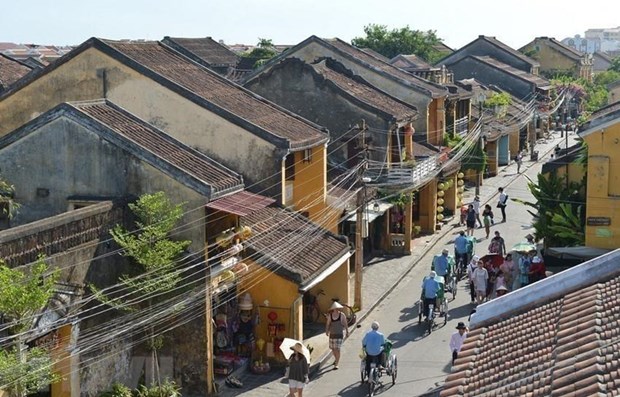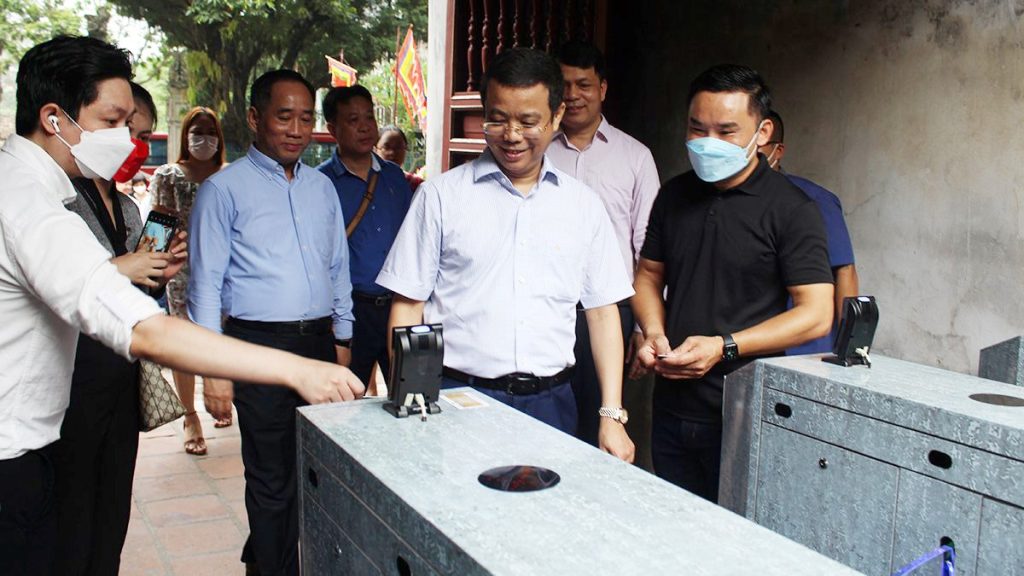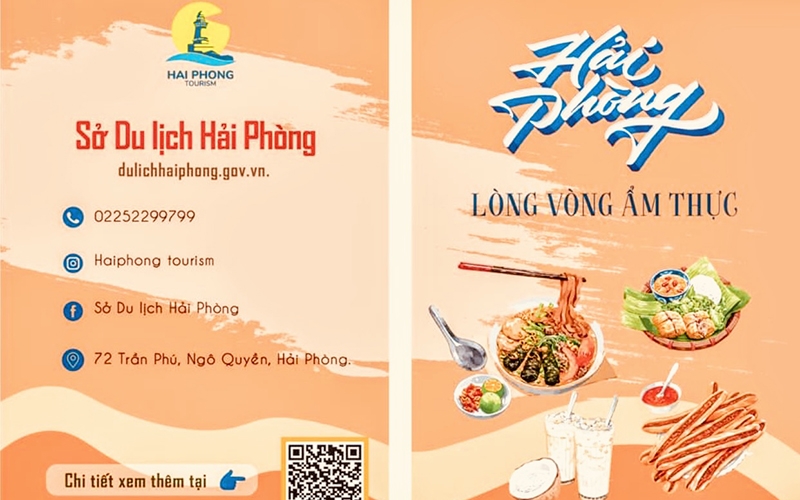Constant emphasis is placed on the preservation and promotion of the traditional crafts of ethnic minorities in the province of An Giang; this contributes to the enhancement of the reputation of the local culture, the creation of employment opportunities, and the growth of the populace’s income. In Van Giao commune (Tinh Bien town), the Khmer ethnic minority is responsible for the preservation and advancement of brocade weaving.

Numerous stages requiring the worker’s expertise are necessary to produce high-quality brocade weaving products
Signs of recovery
Khmer ethnic minority members of the Van Giao commune have been engaged in brocade weaving since antiquity. The goods are utilized in the construction of garments for the temple’s monks and benefit the local populace. Once upon a time, brocade weaving appeared to have vanished.
The Van Giao Brocade Weaving Cooperative was established in 2000, with 126 cooperative members and 71 households participating. The provincial Department of Science and Technology of An Giang established and safeguarded a collective trademark in 2006 for the Van Giao Silk Brocade product. The Provincial People’s Committee acknowledged brocade weaving in Van Giao commune as a traditional handicraft village by 2007. Early in 2023, the Provincial Council assessed and endorsed brocade weaving products as Sarong products that complied with three-star OCOP product standards. At present, there are 63 inhabitants in the Khmer Van Giao brocade weaving village, consisting of two village artisans and two skilled laborers.
In recent years, local authorities have implemented numerous programs designed to assist cooperative members in craft villages in an effort to preserve and develop brocade weaving villages. Ms. Nguyen Thi Bich Tuyen, vice chairwoman of the People’s Committee of Van Giao commune, stated that the locality has implemented the interest-free loan model “supporting the purchase of raw materials for poor households that are members of the traditional Khmer brocade weaving village in Van Giao commune.” As a consequence, a sum of 125 million VND was disbursed in loans to assist 25 households. As per evaluations, the model has proven to be efficacious, as cooperative members have progressively increased their income and loan capital has been recouped.
Furthermore, in conjunction with the Town People’s Committee of Tinh Bien’s poverty reduction initiative, Van Giao Commune Brocade Weaving Cooperative and the Social Policy Bank arranged for the distribution of 80 million VND to eight cooperative members in need of loans for the purchase of raw materials and the renewal of looms. At the same time, from 2018 until now, the People’s Committee of Van Giao commune has opened 4 primary vocational classes, teaching brocade weaving to 120 women from the Khmer ethnic minority. Thereby, it helps to preserve, improve skills, and improve product designs for weavers.
Presently, Khmer Van Giao brocade weaving products are exported to countries such as Thailand, Cambodia, Myanmar, and others, in addition to being consumed in provinces inhabited by the Khmer ethnic minority. Concurrently, providing the Silk Khmer brand to clients embarking on domestic and international journeys, including those to Europe, Japan, Korea, and Australia. The manufactured goods are fully consumed and do not persist in the environment. As a result of the cooperative members’ relatively stable income, impoverished and near-poor Khmer women are able to secure steady employment.
Preserve and develop craft villages.
According to Ms. Neang Chanh Ty, owner of a sizable establishment and mentor of several local women in the trade, the finalization of a product necessitates five substantial procedures: sun-drying and dying silk, producing cotton, re-dying yarn, spinning yarn, and weaving, which is the most time-consuming. Principal merchandise consists of scarves, sarongs, and other varieties as ordered… Throughout history, the production of brocade required the cultivation of mulberries, the rearing of silkworms, and the spinning of silk. Nowadays, raw materials like silk are bought mainly from the provinces.
Ms. Néang Chanh Ty explained, “The variant of silk guarantees that the final product is velvety, cool, and lustrous”.
Van Giao brocade is appealing to domestic and international tourists and clients due to the harmonious blend of modernity and tradition evident in every pattern and color of the woven fabric. Silk is subjected to multiple dyeing processes subsequent to its “tying” in order to produce intricate patterns. It takes between ten and fifteen days to create patterns with brocade by simply tying threads.
In order to safeguard and advance the activities of the Khmer brocade weaving village in Van Giao commune, the local government will persist in advocating for vocational training and replicating traditional crafts for a significant number of Khmer ethnic minority women. With the aim of securing sustainable employment and bettering the lives of impoverished and near-poor households, prioritize the training of such households to participate in brocade weaving villages. Moreover, Van Giao commune will progressively construct equipment and facilities to support the craft village.
Additionally, the Van Giao commune will implement strategies to enhance the design and quality of craft village merchandise in order to generate revenue for the local populace and cater to the demands of tourists. Promote and concurrently introduce craft village products through social media and the media. Motivate the development of craft villages from there; provide stable income and on-site employment for impoverished and near-poor households of Khmer ethnic minorities.
Author: Dang Duc – Translator: Kim Thuan
Source: An Giang Portal – angiang.gov.vn – Mar 23, 2024




